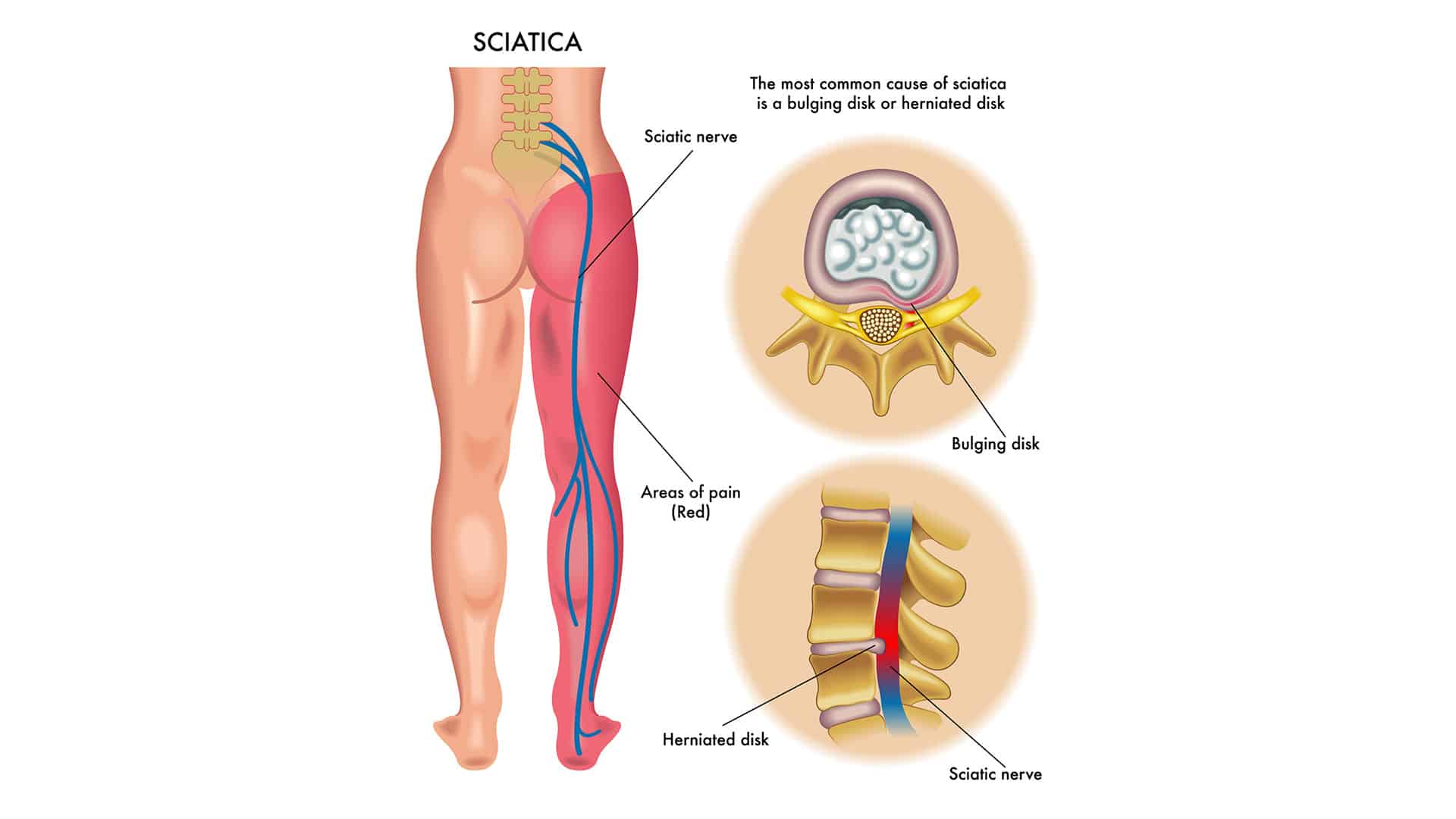Sciatica is a condition characterized by pain that radiates along the path of the sciatic nerve, which branches from your lower back through your hips and buttocks and down each leg. This pain can range from a mild ache to sharp, burning sensations, making it difficult to perform daily activities. Fortunately, there are several effective ways to relieve sciatic nerve pain and improve your quality of life.
Understanding Sciatica
Before we delve into the various ways to relieve sciatic nerve pain, it's important to understand the condition itself. Sciatica occurs when the sciatic nerve becomes compressed or irritated. This compression can be caused by a variety of factors, including:
- Herniated or slipped discs
- Spinal stenosis
- Degenerative disc disease
- Muscle imbalances or tightness
Symptoms of Sciatica
Individuals experiencing sciatica may exhibit the following symptoms:
- Constant pain in one side of the buttock or leg
- Pain that worsens when sitting
- Burning or tingling down the leg
- Weakened muscles in the affected leg
Effective Ways to Relieve Sciatic Nerve Pain
1. Exercise and Stretching
Regular exercise and stretching can help alleviate sciatic nerve pain by improving flexibility and strengthening the muscles that support your spine. Consider incorporating the following into your daily routine:
- Low-impact aerobic exercises like walking or swimming
- Yoga poses that target the lower back and hips
- Core-strengthening exercises to support your spine
2. Hot and Cold Therapy
Applying hot or cold packs to the affected area can help reduce inflammation and alleviate pain. Try using a heating pad for 20 minutes at a time or alternating between hot and cold packs to find relief.
3. Over-the-Counter Medications
Nonsteroidal anti-inflammatory drugs (NSAIDs) like ibuprofen or acetaminophen can help reduce pain and inflammation associated with sciatica. Be sure to follow the recommended dosage and consult with your healthcare provider if you have any concerns.
4. Physical Therapy
A physical therapist can work with you to develop a customized treatment plan to address your specific needs. They may incorporate a combination of exercises, manual therapy, and modalities such as ultrasound or electrical stimulation to help relieve sciatic nerve pain.
5. Mind-Body Techniques
Practicing mind-body techniques like meditation, deep breathing, or progressive muscle relaxation can help reduce stress and tension, which may exacerbate sciatic nerve pain. Consider incorporating these techniques into your daily routine to promote relaxation and pain relief.
Preventing Future Episodes of Sciatica
While relieving current sciatic nerve pain is important, taking steps to prevent future episodes is equally crucial. Here are some strategies to help minimize your risk of sciatica:
1. Maintain Good Posture
- Avoid sitting or standing for prolonged periods
- Use ergonomic furniture and tools to support your spine
- Practice proper lifting techniques to avoid straining your back
2. Stay Active
- Engage in regular exercise to strengthen your core and support your spine
- Take breaks during extended periods of sitting or standing
- Incorporate stretching exercises into your daily routine
3. Maintain a Healthy Weight
- Excess weight can put added pressure on your spine and increase your risk of sciatica
- Follow a balanced diet and engage in regular physical activity to achieve and maintain a healthy weight
4. Avoid Repetitive Movements
- Avoid activities that involve repetitive movements that may strain your back
- If your job requires repetitive tasks, take frequent breaks and vary your movements to prevent overuse injuries
By implementing these strategies and incorporating effective ways to relieve sciatic nerve pain into your routine, you can say goodbye to sciatica and enjoy a more active and pain-free lifestyle.

+ There are no comments
Add yours